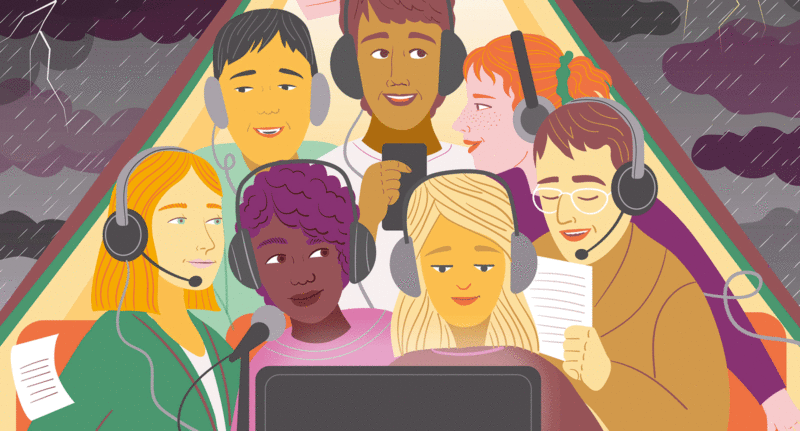In January, Jeff Bezos popped by the Washington Post—which he owns but rarely visits. He sat in on a news meeting, didn’t say much. Staffers crowded in, feeling panicky. Weeks earlier, Fred Ryan, the publisher, had announced there would be layoffs, then took no questions. Now an employee approached Bezos to ask about the cuts. “Believe me,” he replied. “I’m committed.” Within days, the Post laid off twenty people and said the paper would leave thirty vacancies unfilled. That marked the beginning of what has become media’s worst year on record for job losses. In August, Ryan left the Post; Bezos reportedly entered “a period of renewed engagement” with the paper; in October, the Post told staff that it would eliminate two hundred and forty more jobs, through voluntary buyouts. Across the industry, thousands of journalists, of every form, have been forced out of work. Blame has been placed on a tumultuous economy, plummeting ad revenue, a collapse in social media traffic. In conversations, there is often a sense of despair—but also a recognition that circumstances do not merely float in on the breeze; people make decisions, and those decisions have impact. Over the course of this difficult year, many in media have grabbed hold of that idea as a means by which to pull themselves out of the muck. They are turning to one another, and directly to readers. They’re trying new things. Not all of their experiments are viable, or even good. They’re still figuring it out—aiming, one way or another, to exert control over what comes next.
The Business Model Issue
Turning Point

And Yet
Seeking a future not about revival, but reinvention

How to Make AI Art
An experiment in our latest issue

Listen Up
Audio journalists finding new ways to produce, distribute, and monetize their work

Rebrand
Ebony strives to become a one-stop shop

Solutions Oriented
How foundation money is transforming local news

Writing the AI Rulebook
The pursuit of collective commitment, with journalism’s future at stake
Fact checking for this issue was provided by Sophie Kemp, Rhoda Feng, and Matthew Giles. Copyediting was done by Mike Laws.






